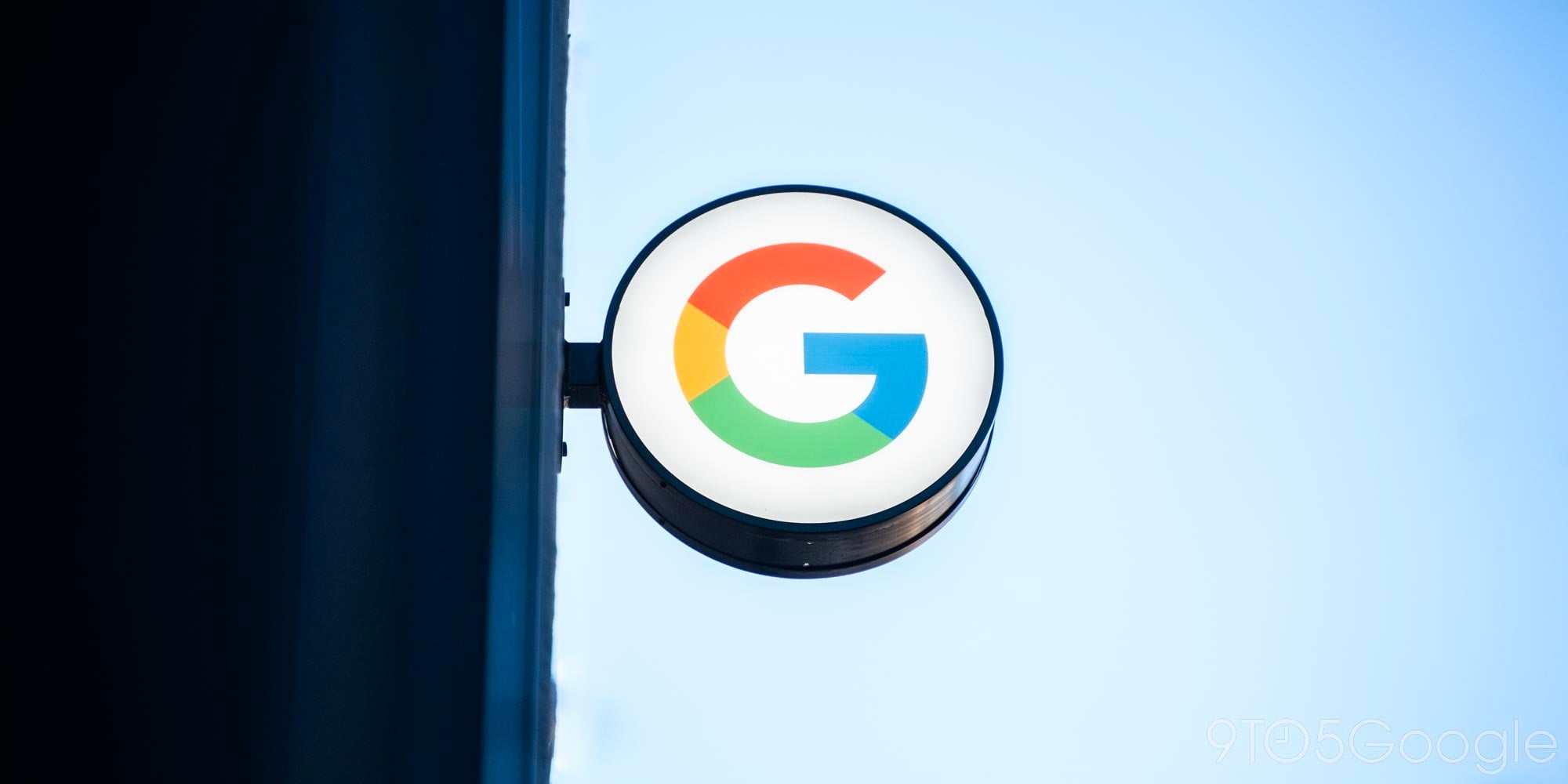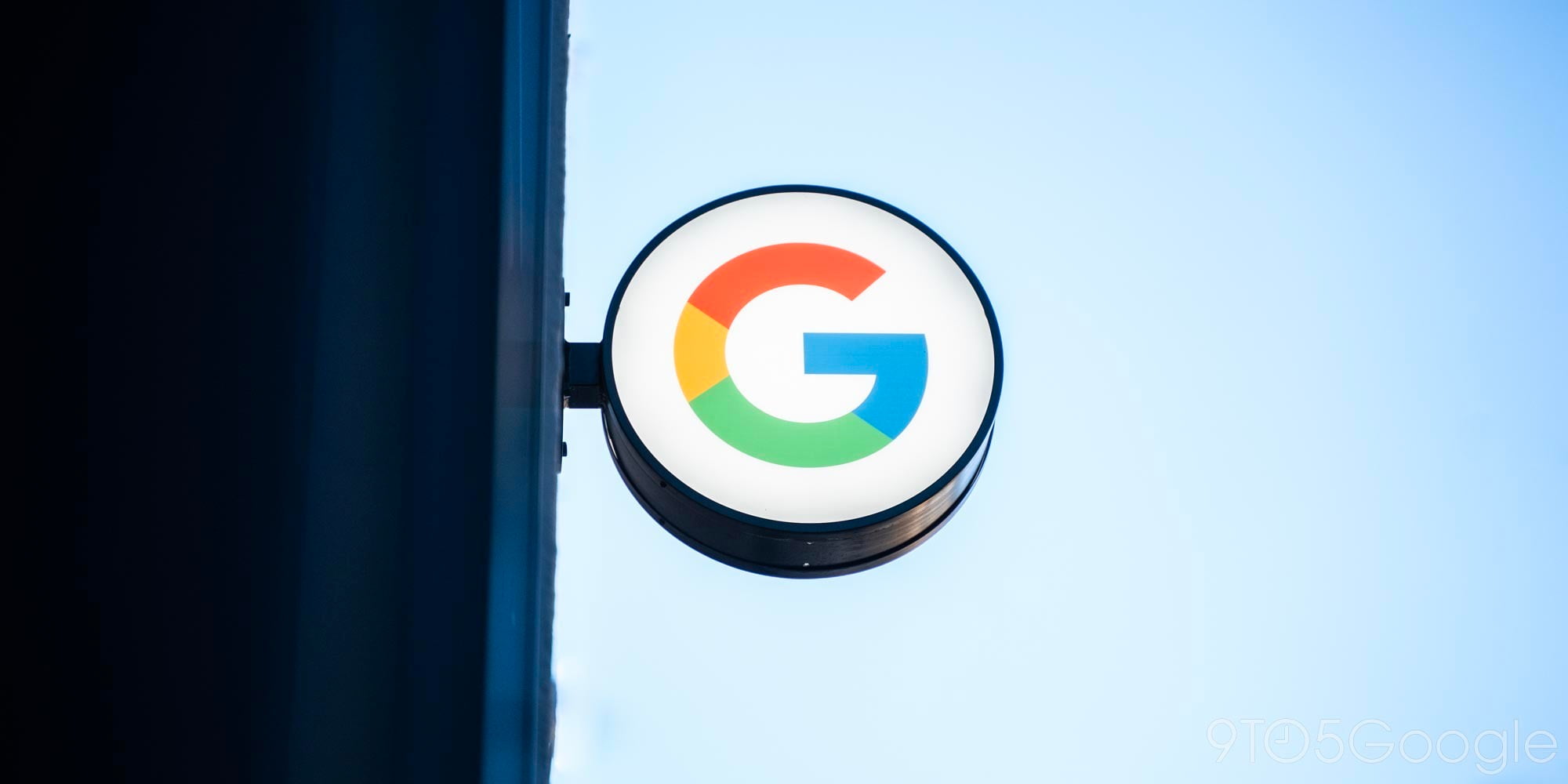Google Ads


With Pixel, G Suite, and Cloud, Google over the past several years has sought to diversify its revenue streams. However, advertising still makes up a dominant chunk of profit, and today its head of Ads & Commerce left the company for a venture capital firm.

Last year, YouTube began displaying concert showtimes underneath music videos on the web and mobile. The Google video site is now expanding that ad extensions space to include movie showtimes, app installations, and more.

Despite the company itself looking into developing its blockchain, Google’s ads department announced earlier this year that it would be banning all cryptocurrency-related ads in an effort to combat malicious actors in the space.
Now, many reports are surfacing suggesting Google has backtracked on this policy. Unfortunately for companies in the crypto space, however, they aren’t true.

Google unveiled a big revamp for all its advertising products last month that simplified branding and introduced new features. Numerous services will be consolidated and better integrated with one another. Today, at Google Marketing Live, the company is better detailing these changes that leverage machine learning.

Google this evening announced a big revamp to its suite of key profit-making advertising products. Launched 18 years ago, AdWords is being rebranded to Google Ads, while the new Google Marketing Platform and Google Ad Manager are the result of several key product mergers.

To serve you relevant ads that might be more enjoyable than off-topic items, Google’s ad network tracks your internet usage. Thankfully, you can quickly turn this personalization feature off, just know that you will no longer see ads based on your interests.

Since the 2016 U.S. election, tech companies across the spectrum have faced criticism for how platforms were used by nefarious actors to possibly manipulate outcomes. Google today is announcing new advertising transparency policies after committing to them last year.

Given its role as a big player in online advertising, Google has long provided controls and transparency tools overs ads. Since 2009, these features have gone through several revamps and today are getting two new blocking features.

Since last year, questions over Russian interference in the 2016 U.S. Presidential Election have been rife with speculation. As part of ongoing investigations by Congress, Facebook revealed yesterday that it uncovered $100,000 worth of political ad buys possibly tied to Russia.
In a statement today, Google stated that it did not find similar practices occurring on its ad platforms.


Google announced on its AdWords G+ profile today that its display ads will soon be 100% HTML5. From June 30th this year, display ads built using Flash can no longer be uploaded into AdWords or DoubleClick Digital Marketing. From January 2nd, 2017, Flash format display ads will no longer run on the Google Display Network or through DoubleClick.


Google today announced changes to its display ad network that will ensure advertisers only pay for ads that are 100% viewable. The move could be viewed as a first step by Google to combat ad blockers that many believe could drastically change the landscape for advertising online going forward.
Expand
Expanding
Close


Yahoo is currently including Google ads in some of its search results in what the company described to the NY Times as a “small test.” The ads were first spotted by SEO Book.
Yahoo confirmed on Wednesday that it has begun testing the use of Google search ads for a small portion of its desktop and mobile web search results. “As we work to create the absolute best experiences for Yahoo users, from time to time, we run small tests with a variety of partners including search providers,” the company said.
Google offered Yahoo an ad partnership all the way back in 2008, but pulled out after objections from the Department of Justice on antitrust grounds …
Expand
Expanding
Close

[youtube=https://www.youtube.com/watch?v=lUsLPPuJhZc]
Lightbox – the scalable multimedia ads that Google first introduced to the desktop back in 2012 and finally brought to mobile devices in September of this year – are now available to all AdWords advertisers globally.
The Lightbox format allows advertisers to quickly and easily combine existing video, images and maps in an HTML5 ad that will scale correctly for all standard ad sizes and devices. Hovering over the ad expands them to full-size no matter what the device …
Expand
Expanding
Close

Google announced today on its AdWords blog that it will be rolling out new mobile display ad formats and tools for advertisers in the coming months. Google is hoping the new ads, which will be available through the Google Display Network, the AdMob Network and DoubleClick, will help advertisers increase engagement with users on mobile devices.
The ad types include “Mobile lightbox Engagement Ads” that will dynamically resize to fit any ad and device size, TrueView video ads that will roll out more broadly in apps through the AdMob network, as well as an anchor ad format for mobile web apps and magazine style text ad formats that will expand into apps instead of just on mobile websites. Google also announced a number of new tools coming for advertisers to help improve the experience with mobile campaigns:
Google says the new ad formats will roll out to its various ad networks in the coming months.


Those who expressed concern about Google’s acquisition of Nest may have have been right: the company has told the Securities and Exchange Commission that it may choose to serve ads on “refrigerators, car dashboards, thermostats, glasses, and watches, to name just a few possibilities.”
The WSJ reports that Google made the statement in support of its contention that it shouldn’t have to break out ad revenue from mobile devices …
Expand
Expanding
Close


Photo: npr.org
After more than three years of investigations and negotiations, Google and the European Union anti-trust authorities have finally settled the case in which the company was accused of abusing its dominant position in search.
The tl;dr version of the dispute was that Google search results were giving undue prominence to its own services – such as Google News and Google Shopping – and freezing out rivals. Google was eventually given a deadline of 31st January last year to submit proposals on how it would resolve the problem …
Expand
Expanding
Close

Digiday reports that Google has implemented the tracking system it described last month, allowing it to see whether people seeing ads for local stores do in fact visit them.
If someone conducts a Google mobile search for “screwdrivers,” for instance, a local hardware store could bid to have its store listing served to that user. By pairing that person’s location data with its database of store listings, Google can see if the person who saw that ad subsequently visited the store.
Google can do this by default on Android devices – it’s one of the things you agree to in the small-print when you switch on location services – and on iOS devices when people use Google apps.
It’s effectively the real-world equivalent of cookies. When you’re exposed to an ad for the Acme Hardware Store, a cookie will often be placed on your PC. When you visit the Acme website, it can read that cookie and see that the ad worked. This does the same thing for visits to physical stores.
Via Engadget

Increased competition in digital advertising doesn’t seem to be hurting Google: the company is on track to increase its market share to almost 33 percent this year, with a commanding 53% in mobile advertising. The projections were made by research company eMarketer based on an analysis of company reports, though both dollar and percentage figures are slightly down on its earlier predictions back in June …
Expand
Expanding
Close

Google announced updates to its AdMob ad network, which it acquired in 2010, including improved app promotion, strong filters for ad relevance, local payments eliminating currency conversions, and more.
Developers will see the changes roll out over the next few months according to Google.

[slideshow]
Google launched a revamped homepage, but it is still in the trial phase and only a limited number of users have access to the new design. Meanwhile, some experts and lawmakers are claiming Google’s recent face lift intends to promote more of the company’s businesses without cluttering the homepage.
The website’s redesign has undergone various changes since its initial debut over a month ago. The current version omits the black menu bar that runs horizontal along the top of the website, and it is now replaced by a gray Google logo. Upon clicking the new graphic, seven services under the search engine appear with an option to view 13 more services.
The core seven services in the trial design are Google Plus, Search, Images, Maps, YouTube, News, Gmail and Documents. The “More” tab below the vertical menu reveals options for Calendar, Translator, Mobile, Books, Music, Offers, Wallet, Shopping, Blogger, Reader, Finance, Photos, and Videos.
Google users can also change the background image of their homepage with the trial design, and they can access iGoogle or their Google Plus notification center and Settings options from the main search page.

[youtube=http://www.youtube.com/watch?v=3j_2srh7o3M]
Google is anything but the dominant force in Asia, where local search engine Baidu is number one. Also, Asia, the world’s largest and most populous continent with the population of 3.88 billion people, is just beginning to discover Android, but the continent is poised to become the next gold mine for Google as smartphones become more affordable to the mass consumer. One exemption that proves the rule: Korea, a poster child for the latest tech.
People wield the latest gadgets there and use them more often and in ways that put to shame their counterparts from the Western world. Google’s mobile ad team went out into the streets of Seoul to ask smartphone users how they use their devices. The professionally produced footage is, of course, yet another showcase of the numerous ongoing marketing activities meant to convince people to stay under the Google fold.
In this case, Google wants potential advertisers to place adverts on web sites and inject them inside mobile apps using their technology. By the way, notice a bunch of Galaxy S phones everywhere (to our Apple readers: iPhone 4 spotting on mark 1:15).
But who could blame the Internet’s #1 search company for promoting the use of smartphones? With a whopping 97 percent of Google’s revenues coming from advertising, no wonder they did not spare any expense producing this testimonial. Still, worth your time so sit back, relax and enjoy the three and a half minute ride. Also, go past the fold for interesting takeaways from a Google survey in collaboration with Ipsos of over a thousand South Korean smartphone users…